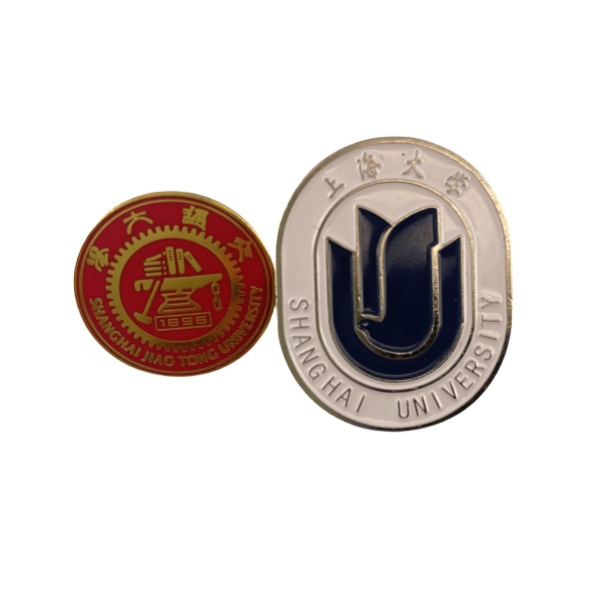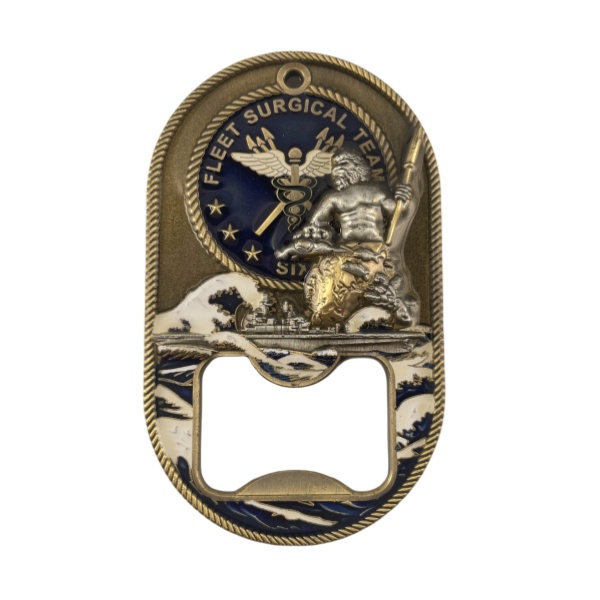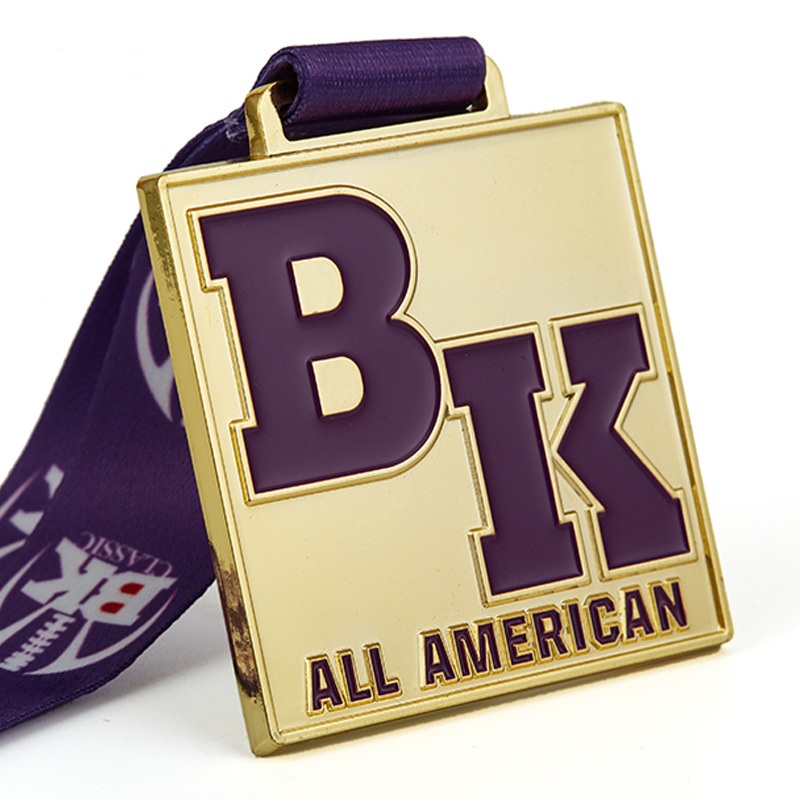Challenge coin Casting& Molding
How to make a challenge coin out after artwork making well?
Creating a challenge coin involves a meticulous process of molding and casting to ensure a high-quality, durable, and visually appealing final product. Here’s an overview of the steps:
1. Design the Challenge Coin
Before molding or casting, finalize the challenge coin’s design. This can include:
Dimensions (standard sizes are 1.5 to 2 inches in diameter).
Material (e.g., brass, zinc alloy, pewter, or copper).
Design features (text, images, logos, borders, textures, and colors).
Tools:
Use graphic design software like Adobe Illustrator or CorelDRAW to create detailed vector files.
3D modeling software (e.g., Blender, Fusion 360) for intricate designs.
2. Create the Challenge Coin Mold
The mold is critical for shaping the coin during the casting process.
Mold Types:
Silicone Rubber Mold: Flexible and reusable; ideal for detailed designs.
Metal Mold (Die): Durable and used for mass production.
Mold-Making Steps:
Master Model: Create a prototype of the coin using 3D printing, carving, or CNC machining.
Mold Box: Place the master model into a mold box.
Pouring Mold Material: Pour liquid silicone or another mold material over the prototype, ensuring all details are captured.
Curing: Allow the mold material to cure, then carefully remove the master model.
3. Casting the Challenge Coin
Once the mold is ready, the casting process can begin.
Casting Methods:
Centrifugal Casting: For high detail and consistency, molten metal is poured into the mold while it spins.
Gravity Casting: Molten metal is poured into the mold under the force of gravity.
Cold Casting: For non-metal materials, such as resin mixed with metallic powders.
Steps:
Heat the chosen metal until molten.
Pour or inject the molten material into the prepared mold.
Allow the material to cool and solidify.
Remove the coin from the mold and trim any excess material.
4. Finishing
After casting, the coin undergoes finishing steps for polish and detail enhancement.
Trimming: Remove excess material (flashing) using files or grinding tools.
Polishing: Buff the surface for a smooth, shiny finish.
Electroplating: Apply a metal coating (e.g., gold, silver, nickel) for aesthetics and durability.
Enameling (Optional): Add color using soft or hard enamel paint.
Texturing: Use sandblasting or etching for contrast effects.
5. Quality Control
Inspect the coins for defects, such as incomplete casting, bubbles, or irregularities. Discard or rework coins that don’t meet standards.
6. Packaging
Once the coins pass quality checks, package them individually in protective cases or display boxes.
Would you like a more detailed guide on any specific step, or assistance with tools or materials for your challenge coin design& producing process?







